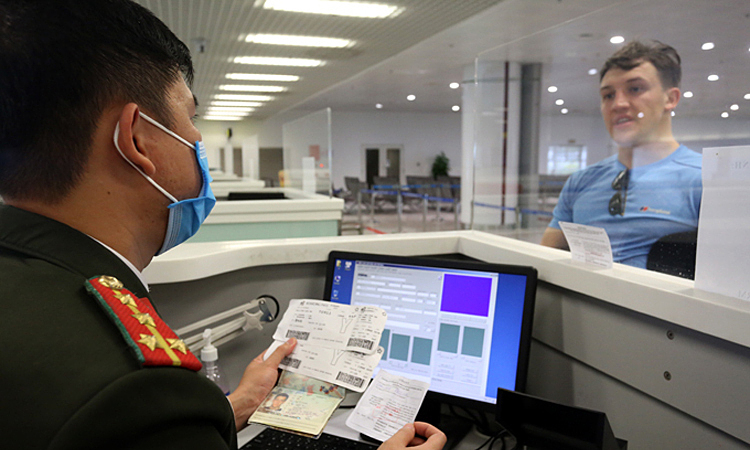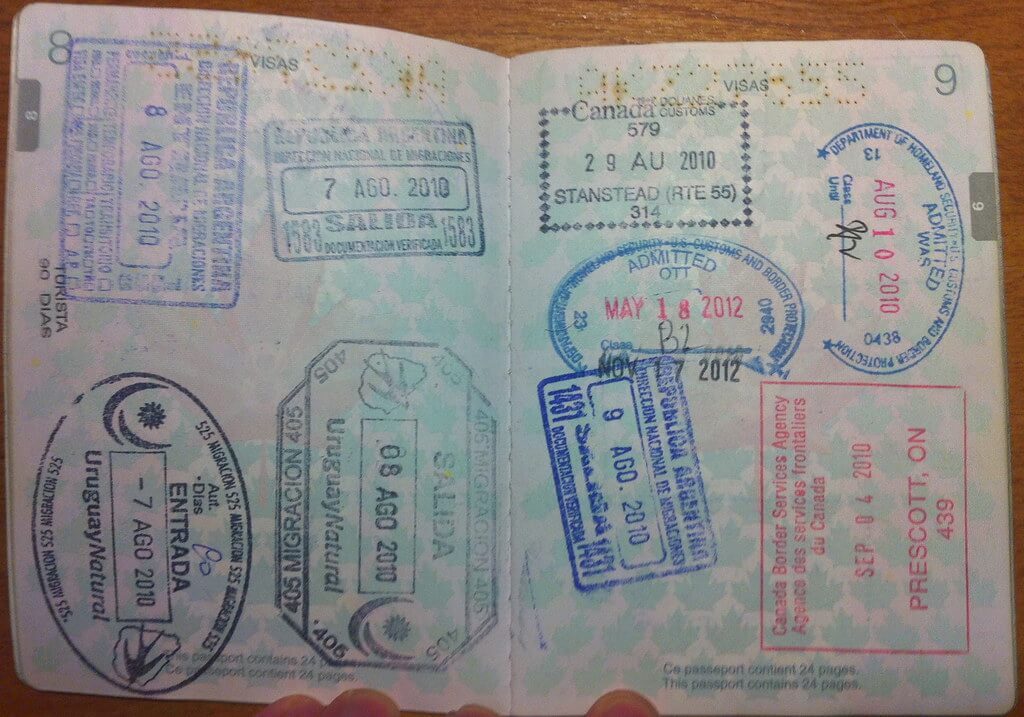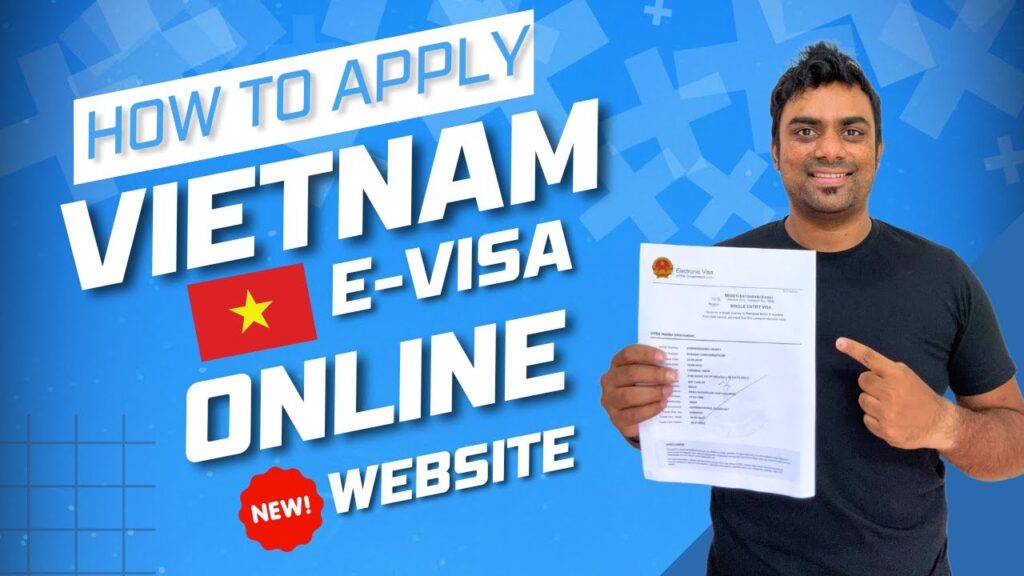Vietnam, a beautiful country with stunning landscapes and rich cultural heritage, has become a popular tourist destination for people from around the world. Indian travelers have also started to explore this fascinating country, thanks to the ease of obtaining a Vietnam e-visa. In this ultimate guide, we will cover everything you need to know about Vietnam e-visa for Indian travelers.
What is Vietnam E-Visa?
A Vietnam e-visa is an electronic travel authorization that allows foreign nationals to enter Vietnam for tourism, business, or transit purposes. It is a single-entry visa that is valid for up to 30 days. The e-visa is issued by the Vietnam Immigration Department and can be applied online.

Who is Eligible for Vietnam E-Visa?
Indian citizens are eligible for Vietnam e-visa if they meet the following requirements:
- Have a valid passport with at least six months validity from the date of arrival in Vietnam.
- Have a recent passport-sized photograph (4×6 cm) in JPEG format.
- Have a valid email address to receive the e-visa approval letter.
- Have a credit/debit card or PayPal account to pay the visa fee.
How to Apply for Vietnam E-Visa?
The process of applying for a Vietnam e-visa is simple and straightforward. Here are the steps involved:
- Go to the official website of Vietnam e-visa application.
- Fill out the online application form with accurate details.
- Upload a scanned copy of your passport-sized photograph and passport bio-data page.
- Pay the visa fee using a credit/debit card or PayPal account.
- Receive the e-visa approval letter via email within three business days.
- Print out the e-visa approval letter and bring it along with your passport when traveling to Vietnam.
When to Apply for Vietnam E-Visa?
It is advisable to apply for Vietnam e-visa at least one week before your planned travel date to avoid any last-minute issues. The processing time for the e-visa is typically three business days, although it can take longer during peak seasons.

Pros and Cons of Vietnam E-Visa
As with any travel document, there are both pros and cons associated with Vietnam e-visa. Here are some of the main advantages and disadvantages:
Pros
- Easy and convenient online application process.
- Fast processing time of three business days.
- Affordable visa fee compared to other types of visas.
- Valid for up to 30 days with a single entry.
Cons
- Only available for Indian citizens traveling to Vietnam for tourism, business, or transit purposes.
- Not valid for multiple entries or long-term stays.
- Cannot be extended or converted into another type of visa while in Vietnam.
Alternatives to Vietnam E-Visa
If you are not eligible for Vietnam e-visa or require a different type of visa, there are alternative options available depending on your purpose of visit. Here are some of the most common alternatives:
- Tourist Visa: If you plan to stay in Vietnam for more than 30 days or require multiple entries, you can apply for a tourist visa at the nearest Vietnamese embassy or consulate.
- Business Visa: If you are traveling to Vietnam for business purposes, you can apply for a business visa that allows you to stay for up to 12 months with multiple entries.
- Work Permit: If you are planning to work in Vietnam, you will need to obtain a work permit from the Vietnamese Department of Labor, Invalids, and Social Affairs.
Step-by-Step Guide to Apply for Vietnam E-Visa
Here is a step-by-step guide to apply for Vietnam e-visa:
- Go to the official website of Vietnam e-visa application.
- Click on “Apply E-Visa” to start the application process.
- Fill out the online application form with accurate details such as name, date of birth, passport number, and travel details.
- Upload a scanned copy of your passport-sized photograph and passport bio-data page in JPEG format.
- Pay the visa fee using a credit/debit card or PayPal account.
- Wait for three business days to receive the e-visa approval letter via email.
- Print out the e-visa approval letter and bring it along with your passport when traveling to Vietnam.
Comparison with Other Types of Visas
When compared to other types of visas, Vietnam e-visa has some advantages and disadvantages. Here is a comparison table to help you make an informed decision:
| Visa Type | Validity | Entries | Processing Time | Cost |
|---|---|---|---|---|
| E-Visa | Up to 30 days | Single entry | Three business days | $25 |
| Tourist Visa | Up to 90 days | Single/Multiple entries | Five business days | $25-100 |
| Business Visa | Up to 12 months | Multiple entries | Five business days | $135-200 |
| Work Permit | Up to 36 months | Multiple entries | One month | Variable |
Tips for a Smooth Vietnam E-Visa Application
Here are some tips to ensure a smooth and hassle-free Vietnam e-visa application process:
- Double-check all the information you provide in the online application form before submitting it.
- Make sure your passport has at least six months validity from the date of arrival in Vietnam.
- Upload a high-quality scanned copy of your passport-sized photograph and passport bio-data page.
- Use a credit/debit card or PayPal account with sufficient funds to pay the visa fee.
- Keep track of your e-visa approval letter via email and print it out before traveling to Vietnam.
The Best Places to Visit in Vietnam
Vietnam is a country full of natural beauty, history, and culture. Here are some of the best places to visit during your trip to Vietnam:
- Ha Long Bay: A UNESCO World Heritage Site known for its stunning limestone karsts and emerald green waters.
- Hoi An: A charming town with well-preserved traditional architecture, colorful lanterns, and delicious street food.
- Ho Chi Minh City: Formerly known as Saigon, this bustling metropolis offers a glimpse into Vietnam’s modern history and culture.
- Hue: The former imperial capital of Vietnam with impressive royal palaces, temples, and tombs.
- Sapa: A mountainous region in northern Vietnam with breathtaking scenery, rice terraces, and ethnic minority tribes.
Conclusion
Vietnam e-visa is a convenient and affordable travel authorization for Indian citizens planning to visit Vietnam for tourism, business, or transit purposes. By following the step-by-step guide and tips provided in this ultimate guide, you can apply for Vietnam e-visa with ease and enjoy your trip to this beautiful country.
FAQs After The Conclusion
- Can I extend my Vietnam e-visa?
- No, Vietnam e-visa cannot be extended or converted into another type of visa while in Vietnam.
- How many times can I enter Vietnam with an e-visa?
- A Vietnam e-visa is valid for a single entry only.
- How long does it take to process a Vietnam e-visa?
- The processing time for Vietnam e-visa is typically three business days.
- Do I need to submit any additional documents along with my e-visa application?
- No, you only need to upload a scanned copy of your passport-sized photograph and passport bio-data page.
- Can I use Vietnam e-visa to work in Vietnam?
- No, Vietnam e-visa is not valid for working in Vietnam. You will need to obtain a work permit from the Vietnamese Department of Labor, Invalids, and Social Affairs.6. Is Vietnam e-visa valid for all entry points in Vietnam?
- No, Vietnam e-visa is only valid for entry at certain airports, seaports, and landports. You can check the list of eligible entry points on the Vietnam Immigration Department website.
- What should I do if my Vietnam e-visa application is rejected?
- If your Vietnam e-visa application is rejected, you can apply for a visa through the Vietnamese embassy or consulate in your country.
- Can I apply for Vietnam e-visa if I am already in Vietnam?
- No, you cannot apply for Vietnam e-visa while in Vietnam. You must obtain a visa from a Vietnamese embassy or consulate before entering Vietnam.
- How long can I stay in Vietnam with an e-visa?
- The maximum stay allowed with a Vietnam e-visa is 30 days for tourist visas and 60 days for business visas.
- Do children need a separate e-visa to enter Vietnam?
- Yes, every individual, including children, requires a separate e-visa to enter Vietnam.





